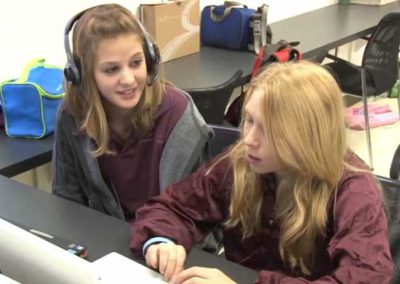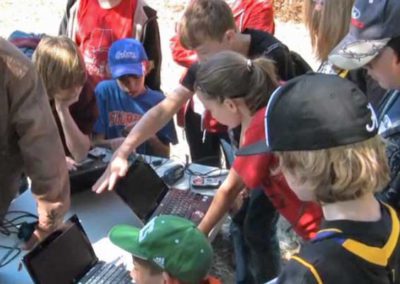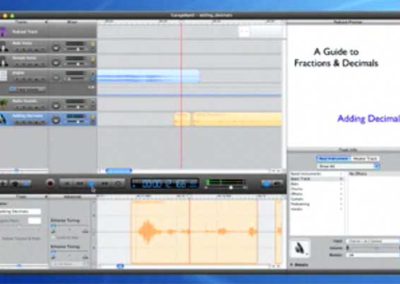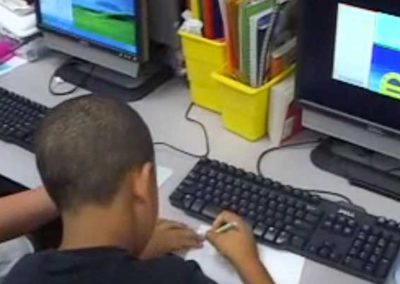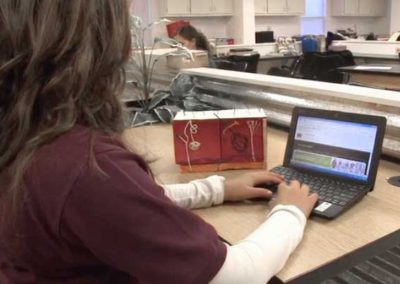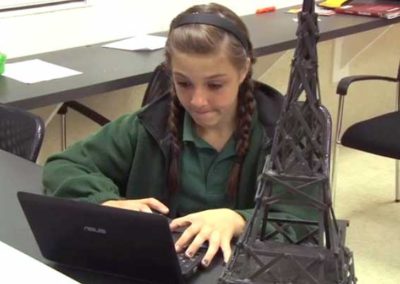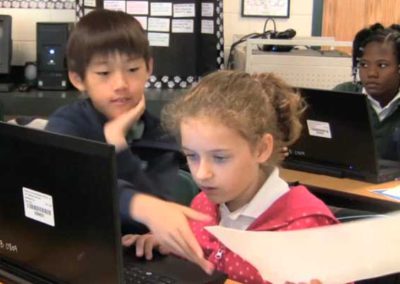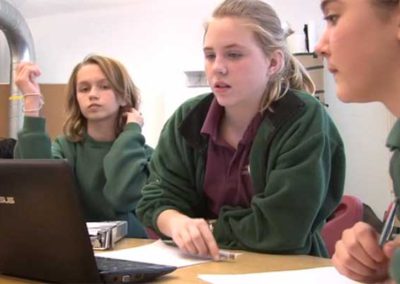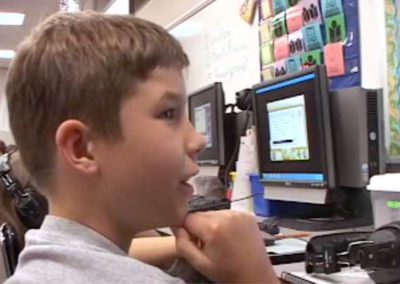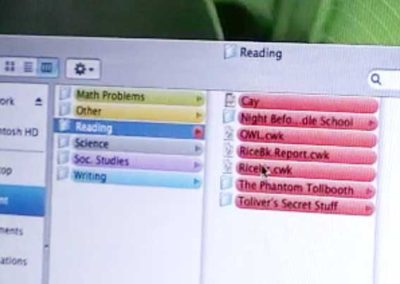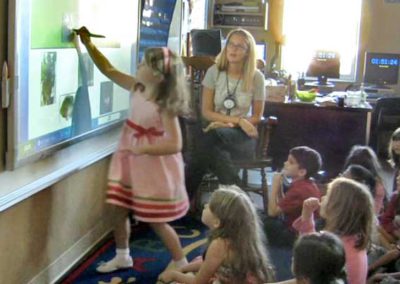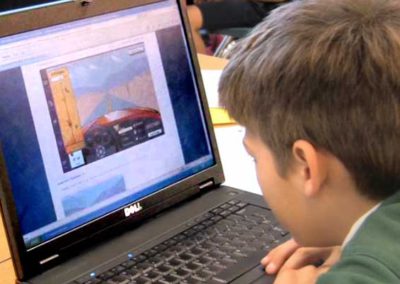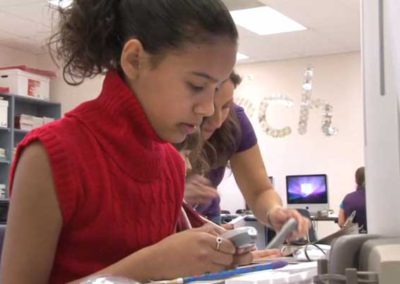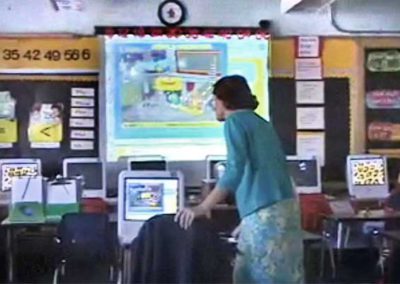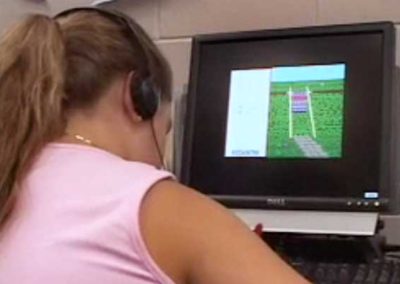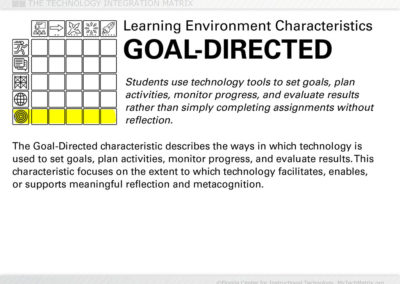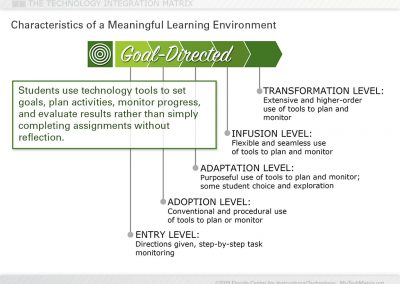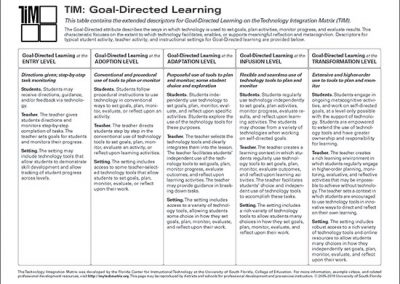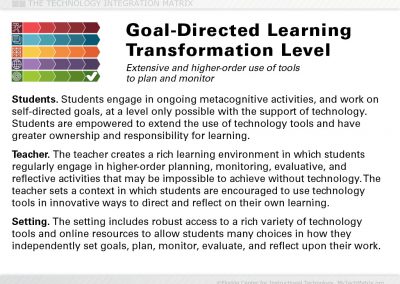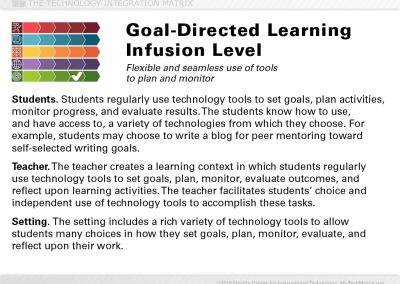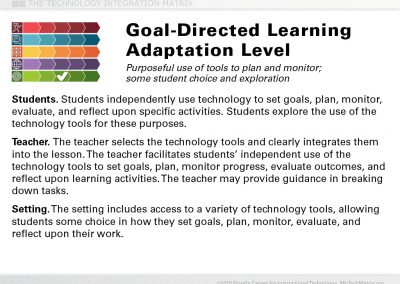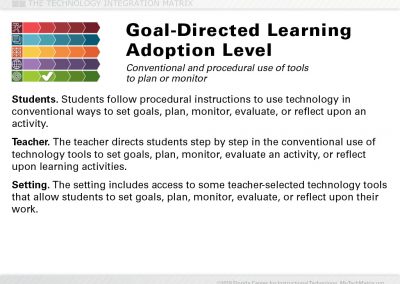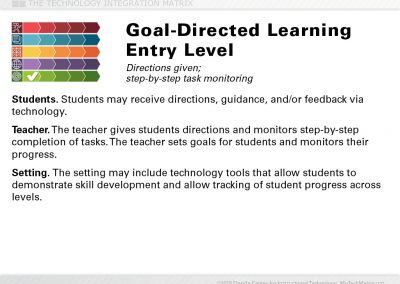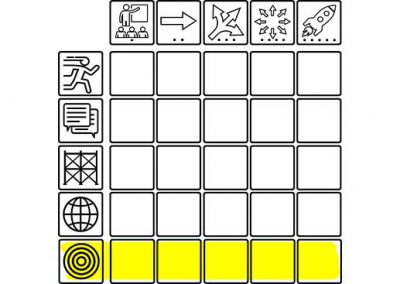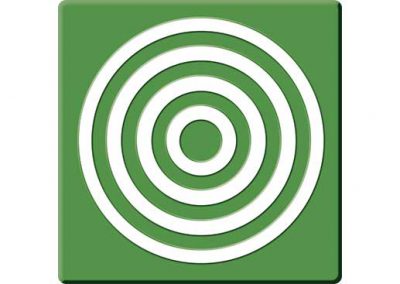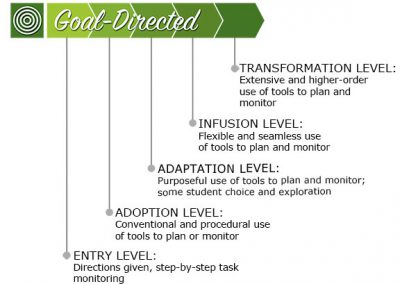Goal-Directed Learning
Students use technology tools to set goals, plan activities, monitor progress, and evaluate results rather than simply completing assignments without reflection.
![]() The Goal-Directed characteristic describes the ways in which technology is used to set goals, plan activities, monitor progress, and evaluate results. This characteristic focuses on the extent to which technology facilitates, enables, or supports meaningful reflection and metacognition.
The Goal-Directed characteristic describes the ways in which technology is used to set goals, plan activities, monitor progress, and evaluate results. This characteristic focuses on the extent to which technology facilitates, enables, or supports meaningful reflection and metacognition.
This page provides greater detail about the Goal-Directed Learning characteristic of the Technology Integration Matrix. To see the entire matrix or to locate other characteristics, return to the Matrix. Descriptors for typical teacher activity, student activity, and instructional settings for Goal-Directed learning are provided below, along with links to all of the Goal-Directed learning video lesson pages and additional resources.
Goal-Directed Learning Descriptors for Each of the Five Levels
Entry Level
Directions given; step-by-step task monitoring
Students may receive directions, guidance, and/or feedback via technology.
The teacher gives students directions and monitors step-by-step completion of tasks. The teacher sets goals for students and monitors their progress.
The setting may include technology tools that allow students to demonstrate skill development and allow tracking of student progress across levels.
Adoption Level
Conventional and procedural use of tools to plan or monitor
Students follow procedural instructions to use technology in conventional ways to set goals, plan, monitor, evaluate, or reflect upon an activity.
The teacher directs students step by step in the conventional use of technology tools to set goals, plan, monitor, evaluate an activity, or reflect upon learning activities.
The setting includes access to some teacher-selected technology tools that allow students to set goals, plan, monitor, evaluate, or reflect upon their work.
Adaptation Level
Purposeful use of tools to plan and monitor; some student choice and exploration
Students independently use technology to set goals, plan, monitor, evaluate, and reflect upon specific activities. Students explore the use of the technology tools for these purposes.
The teacher selects the technology tools and clearly integrates them into the lesson. The teacher facilitates students’ independent use of the technology tools to set goals, plan, monitor progress, evaluate outcomes, and reflect upon learning activities. The teacher may provide guidance in breaking down tasks.
The setting includes access to a variety of technology tools, allowing students some choice in how they set goals, plan, monitor, evaluate, and reflect upon their work.
Infusion Level
Flexible and seamless use of tools to plan and monitor
Students regularly use technology independently to set goals, plan activities, monitor progress, evaluate results, and reflect upon learning activities. The students may choose from a variety of technologies when working on self-directed goals.
The teacher creates a learning context in which students regularly use technology tools to set goals, plan, monitor, evaluate outcomes, and reflect upon learning activities. The teacher facilitates students’ choice and independent use of technology tools to accomplish these tasks.
The setting includes a rich variety of technology tools to allow students many choices in how they set goals, plan, monitor, evaluate, and reflect upon their work.
Transformation Level
Extensive and higher-order use of tools to plan and monitor
Students engage in ongoing metacognitive activities, and work on self-directed goals, at a level only possible with the support of technology. Students are empowered to extend the use of technology tools and have greater ownership and responsibility for learning.
The teacher creates a rich learning environment in which students regularly engage in higher-order planning, monitoring, evaluative, and reflective activities that may be impossible to achieve without technology. The teacher sets a context in which students are encouraged to use technology tools in innovative ways to direct and reflect on their own learning.
The setting includes robust access to a rich variety of technology tools and online resources to allow students many choices in how they independently set goals, plan, monitor, evaluate, and reflect upon their work.
View or print table as PDF:
US Letter
International A4
Goal-Directed Learning: Escape from the “Schoolwork Box”
When learners are actively and willfully trying to achieve a cognitive goal, they think and learn more because they are fulfilling an intention. Technologies have traditionally been used to support teachers’ goals, but not those…. (Continue reading)
The TIM and Time Management
Even when the task is done, students aren’t done learning about time management from the experience. The TIM reminds us that there are still two steps remaining. First, students need to take the time to evaluate the results. Did it meet all of the project goals that were established at the beginning? Secondly…. (Continue reading)
Goal-Directed Learning Videos: Transformation Level
Goal-Directed Learning Videos: Infusion Level
Goal-Directed Learning Videos: Adaptation Level
Goal-Directed Learning Videos: Adoption Level
Goal-Directed Learning Videos: Entry Level



